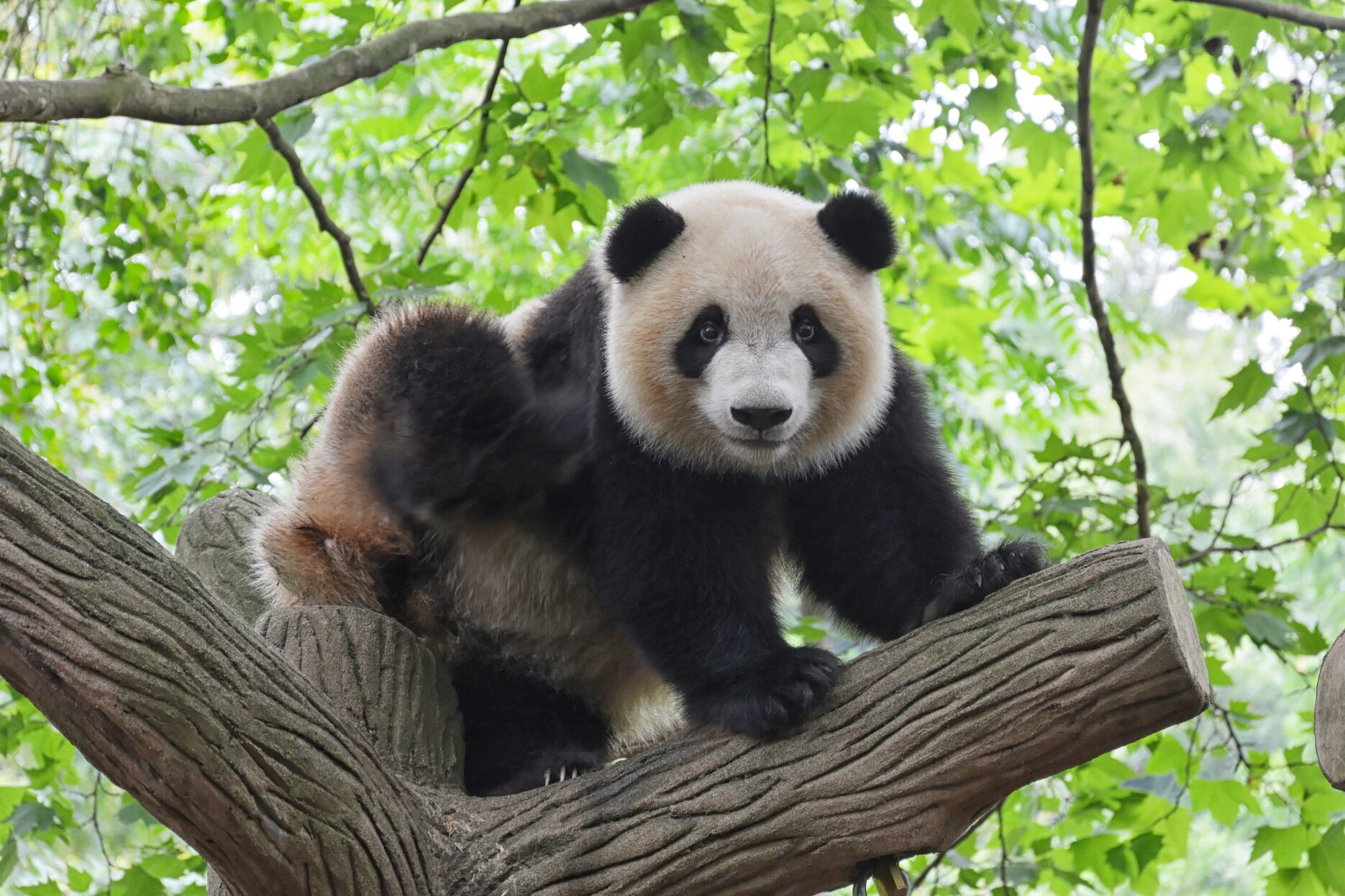Sichuan’s renowned panda conservation centre has been outcompeting the province’s usual tourist hotspots this month, whilst elsewhere the species bows out of its role as diplomatic symbol.
From March 1-12, the Chengdu Research Base of Giant Panda Breeding reportedly saw a 900% year-on-year increase in online ticket sales, according to data from the Chinese travel agency Qunar. Plane ticket sales to Chengdu on the site also jumped 70% year-on-year. The word “panda” alone was enough to bring in extra traffic – there was a 300% year on-year increase in reservations for hotels with names featuring the word, only half of which were located near the research base or had any panda theme.
Many of those snatching up tickets to the centre may be hoping to catch a glimpse of Hua Hua, a panda born at the research centre in July 2020. On China’s Twitter equivalent Weibo, the hashtag “Giant Panda Hua Hua” saw a spike in activity around March 7, receiving over 19 million views in one 24-hour period. She also has her own fan page on the site where commenters post pictures and fawn over her cuteness, calling her “pretty” and “well-behaved”.
Some netizens have even been wondering how much it would cost to adopt her. The reason behind the sudden flurry of interest in Hua Hua this month is not clear, but the deputy director of the Chengdu research centre asserted that the buzz was generated organically by the public and not part of any promotional campaign by the base.
Meanwhile “panda diplomacy” is on a downward spiral with several countries moving to return on-loan pandas to China in recent months. On February 21, Japanese citizens bade an emotional farewell to a panda born in Tokyo in 2017, whilst a zoo in Finland has said it can no longer afford the high price of the panda loan. Two pandas in Memphis zoo in the US were due to be returned in April before one of the pair “unexpectedly” died in February, spurring Chinese netizens to call for the early return of the surviving panda Ya Ya.
Panda diplomacy officially began in 1972 after Nixon’s historic visit to then-Maoist China, but it fully took off in the 1980s, when concerns over endangered species became more heightened. The giant panda became symbolic, both of China’s growing presence on the world stage and of the conservation movement as a whole. The panda also became a powerful form of soft power for the emerging power, helping to cast the Chinese Communist Party in a positive light after decades of isolation.
As China’s global influence has increased and diplomatic relations with some allies have soured, panda diplomacy has perhaps lost its original meaning. There has also been doubt within the scientific community about whether pouring resources into panda conservation is justified ethically.
Efforts to protect the species have succeeded – the panda’s status was reclassified from “endangered” to “vulnerable” in 2016 and there are now over 1,800 pandas in the wild. The World Wildlife Fund calls the panda “living proof that conservation works”.









